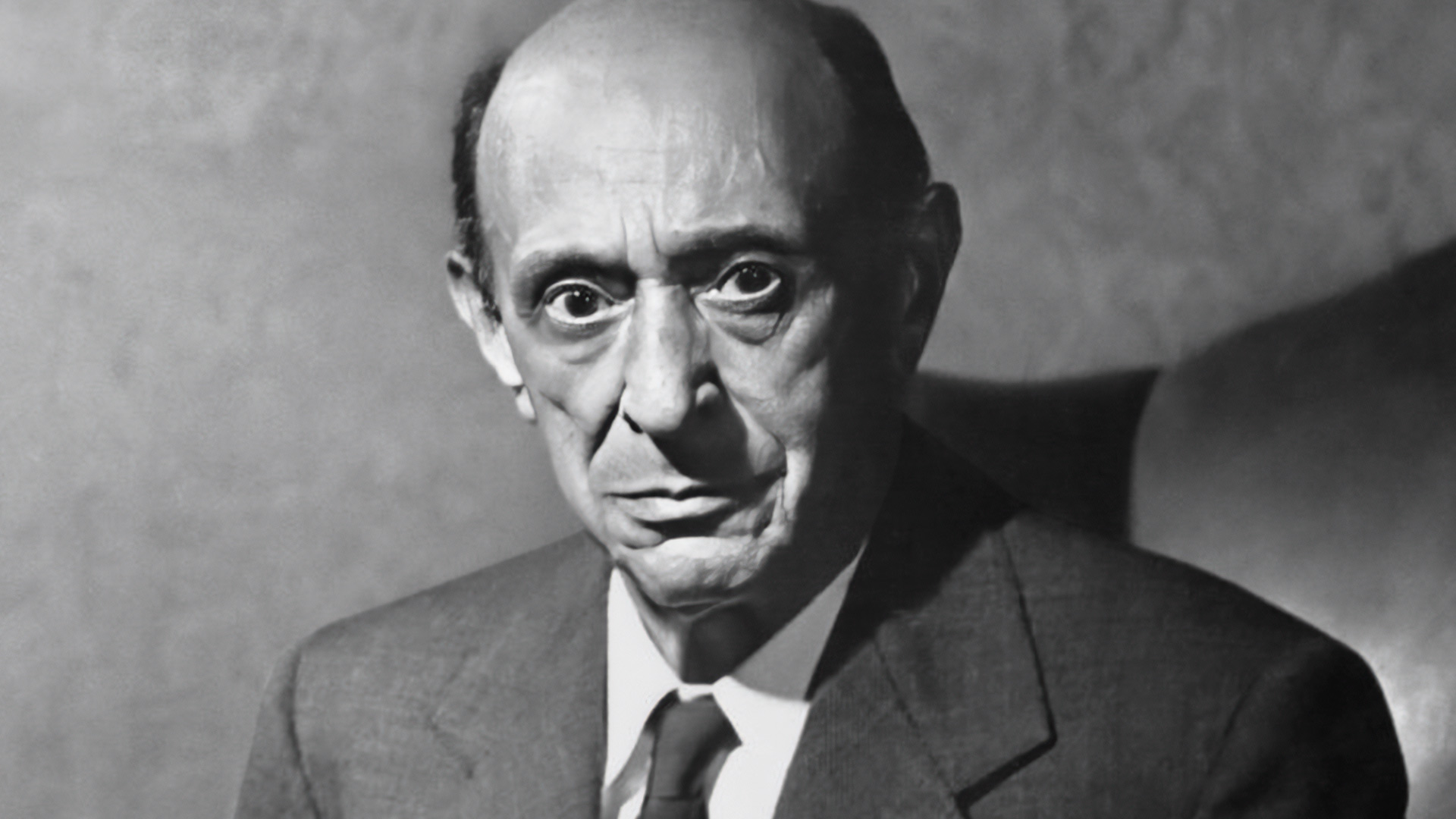ROSALBA QUINDICI
From the Darkroom (Homage to Mimmo Jodice)
for prepared piano, electronics and images
ARNOLD SCHÖNBERG
Six small pieces for piano, op. 19
OLIVIER MESSIAEN
Le courlis cendré
TRISTAN MURAIL
La Mandragore
JONATHAN HARVEY
Tombeau de Messiaen
Piano
Emanuele Torquati
Direction of images
Rosalba Quindici
Sound Direction
Martino Sarolli
In collaboration with Conservatorio Niccolò Paganini di Genova
The programme of the Avanguardie concert opens with Dalla camera oscura (From the Darkroom) by Rosalba Quindici, who presents her work as follows: ‘Dalla camera oscura is an intermediate work for prepared piano, images and electronics commissioned by the Capodimonte Museum in 2023. The work is articulated in several musical panels, the generating nucleus of which consists of some photographs by Mimmo Jodice and sounds/noises produced by the photographer at work in his darkroom. This material was recorded by me – with the help of Barbara Jodice (the artist’s daughter) – and manipulated through the use of electronics. The latter is, however, only one of the two components of the score, the other being the prepared piano, thus timbrally transmuted as a result of objects and materials inserted in the chordiera with the aim of creating an alienating transit between the sounds of the camera obscura and those of the instrument on stage: my own personal camera obscura that resonates ‘by sympathy’ with that of Jodice. The performance envisages a screen behind the piano on which to project some of Jodice’s photographs that inspired the work and that retrace his artistic itinerary through some of its most significant moments, ranging from the imaginative worlds of Punta Pedrosa to those of the Eden series and La Città invisibile, passing through the photographs that testify to Jodice’s attention to social themes, such as those dedicated to the psychiatric hospital and the hard work in the Terni steelworks’.
This is followed by Arnold Schönberg’s Six Small Pieces for Piano, composed in 1911. In the cycle of six pieces, the composer continues his research aimed at developing new possible correspondences between degrees according to the principle of ‘emancipation of dissonance’. An intimist and reflective attitude is maintained throughout the collection, where the crystal-clear sonority of the instrument is rationalised and explored in its essential immediacy, with the prevalence of Piano and Pianissimo dynamics and the short duration of each of the pieces.
Le courlis cendré (The Curlew) by Olivier Messiaen is part of the three-piece collection Catalogue d’oiseaux (1956-1958). Each piece is dedicated to a French province and bears the name of the typical bird of the region. The composer thus recreated three soundscapes inspired by the world of ornithology, whose phonic variety fascinated him. To this inspiration are added the characteristic traits of his style: the free use of modality in both melodic lines and chord construction and the centrality of rhythm and timbral colour.
La mandragore, by Tristan Murail, is a piece for piano from 1993. The composer was inspired, like Messiaen, by the world of nature, as well as by a piece by Ravel: ‘The mandrake, a Mediterranean plant, was used in witchcraft for its magical powers. According to legend, it grows under the gallows, where a hanged man swings. This musical ‘mandrake’ grows in the shadow of Ravel’s ‘gibet’ [reference to La forca, from Gaspard de la nuit]. The ‘mandragore’ retains from the ‘gibet’ the idea of ostinatos, a certain sound ambience and harmonic colours that echo Ravel, although they are based on very different concepts. The music develops as a spiral centred on different ostinatos of rhythm, colour and timbre – five ‘spectral’ chords of varying aspect rotate between the arms of this spiral’.
Tombeau de Messiaen, by Jonathan Harvey is a 1994 piece for piano and electronics, based on the distortion of the ‘real’ sound of the piano by superimposing it with a recorded piano whose sound is electronically modified. One can hear in the line of the first piano the homage to Messiaen’s style, whose impression given by the electronic distortion is like that of a distant memory to which other spheres of the unconscious are entwined, a sonic result that the composer describes as a ‘moving in and out of exactitude’.
Ludovica Gelpi
